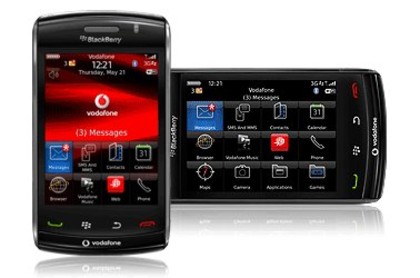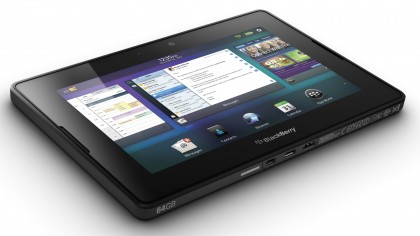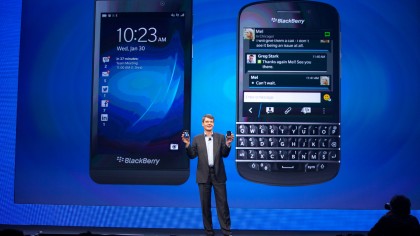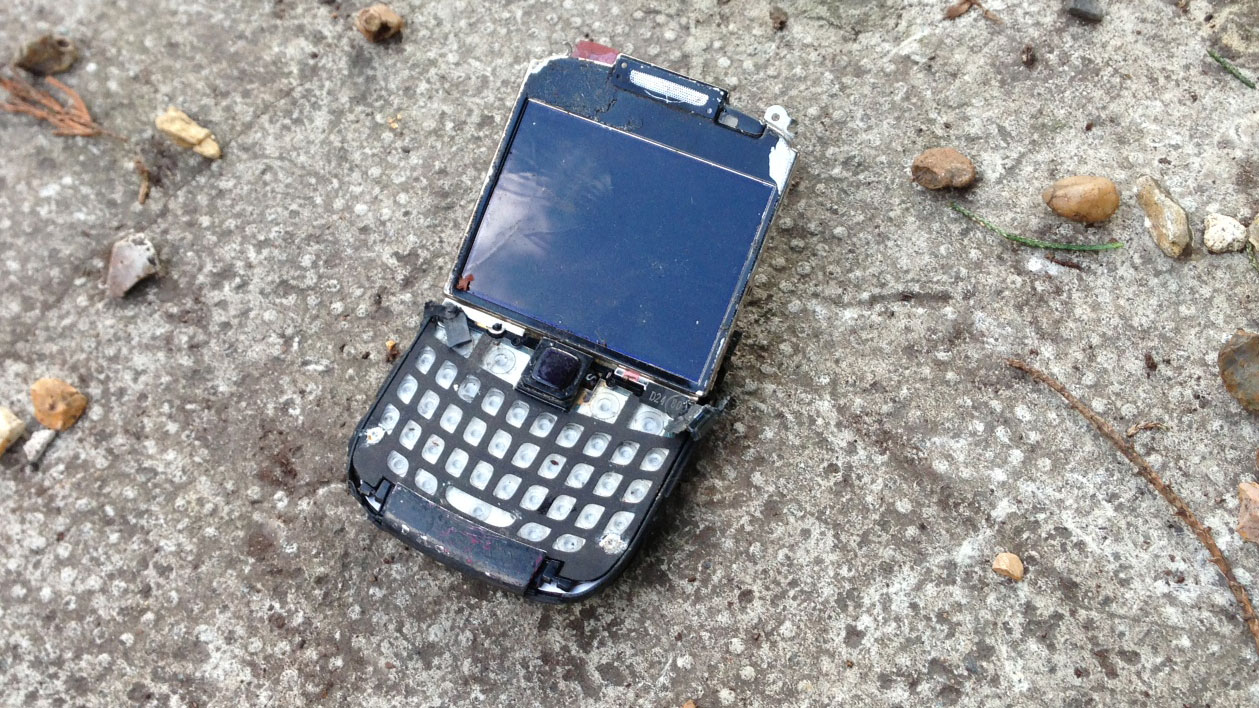The 11 moments that defined BlackBerry's rise and fall
The BlackBerry 8800 series and the entry-level Curve would follow later in 2007 to further this claim, with RIM becoming the most valuable company in Canada.
With 10 million subscribers by the end of the year, there was no sign of concern about the iPhone's potential as a BlackBerry killer, with RIM clearly feeling that functionality was still the most important element to the smartphone buyer.
2008: A Storm begins to brew

Android launched quietly towards the end of 2008, and hot on its heels was RIM's first touchscreen device, the BlackBerry Storm.
It was up against the iPhone, the HTC Dream, and the Palm Pre. It would be fair to say that the Storm did not compare favourably, with reports of glitches, sluggish performance, and a poor touchscreen experience.
The hugely successful BlackBerry Bold launched the same year, and RIM hit its all-time highest estimated worth at £49 billion.
2011: Not from the 'how to make tablets' PlayBook

The iPad's success pointed to the potential of the tablet market and RIM decided to produce a tablet of its own.
Sadly, the PlayBook was doomed from the start, largely due to a lack of apps and a clunky interface, and at release it didn't even have an email or a calendar app.
Sign up for breaking news, reviews, opinion, top tech deals, and more.
The form factor, with a 7-inch display flanked by a large bezel, also came in for criticism, although it would prove successful for Amazon and Google in the months to come.
2011: The 'BlackBerry riots' and worldwide outages
In the summer of 2011 riots swept across England and BlackBerry Messenger was apparently used to organize them, with the televised media keen to highlight the role RIM's devices played in, with it transpiring that 37 per cent of the UK smartphone market in poor urban areas had BlackBerrys.
Worse was to come as severe outages for BlackBerry services hit in October 2011, leading to an unprecedented video apology from Co-CEO Mike Lazaridis.
This was small comfort to millions of BlackBerry subscribers who were left without internet access, email, or BlackBerry Messenger service. An offer of free apps as compensation for those affected was met with widespread derision.
2011: The BlackBerry 10 delays begin

Lay-offs, a high profile open letter from a BlackBerry insider criticizing the lack of strategy, the outages, and delays to the new platform all contributed to the pressure that saw Co-CEOs Lazaridis and Balsillie finally step down to make way for Thorsten Heins.
The last roll of the dice was BlackBerry 10. Originally set to launch in 2011, it was delayed into 2012, and didn't actually arrive until January 2013, when BlackBerry subscriptions had started to decline as users got to the end of their two year contracts and PAYG options from other handset makers became more attractive options.
Launching on the touchscreen Z10, which was soon followed by the more traditional keyboard-toting BlackBerry Q10, the new platform invited an inevitable "too little, too late" verdict from many quarters.
The BlackBerry subscriber base peaked at 80 million in December 2012 and the new platform has not arrested its decline.
2013: The billion dollar bust

The company is now estimated to be worth less than £3.5 billion, which isn't an insubstantial amount by any means. With a special committee formed to find a buyer able to salvage the power of BB10, it could be that BlackBerry lives to fight another day - but that's getting harder and harder given the recent financial results.
All those unsold Z10 handsets are burning a rather large hole in the company's balance sheet, meaning the pile of phones is costing BlackBerry a cool $930 million (about £580m/AU$988m), which means it's going to be tremendously hard to shift more handsets as consumers struggle to stay loyal to the brand.
The company has also had to postpone its BBM launch on Android and iOS thanks to leaks of the software, but has managed to squeeze out another handset in the shape of the 5-inch BlackBerry Z30, coming with a Super AMOLED screen and everything.
Had this appeared a year ago, perhaps the brand could have made something of a turnaround, but this is starting to look too little, too late for the firm that once led the way in shaping the modern smartphone.
- Our Phones and Tablets ed Gareth Beavis asks: How the hell did BlackBerry last this long?